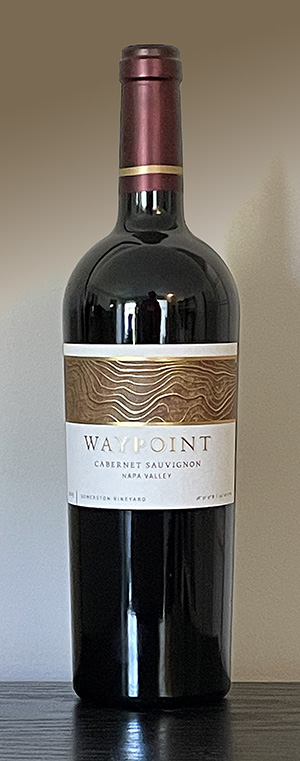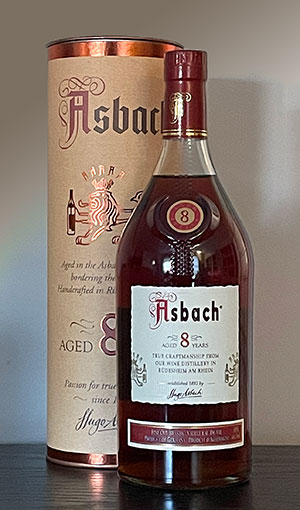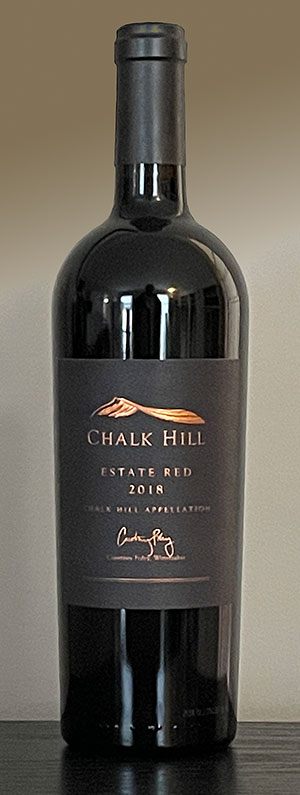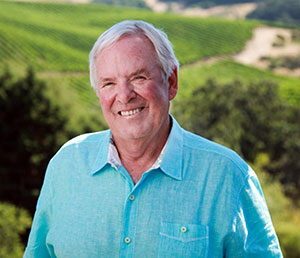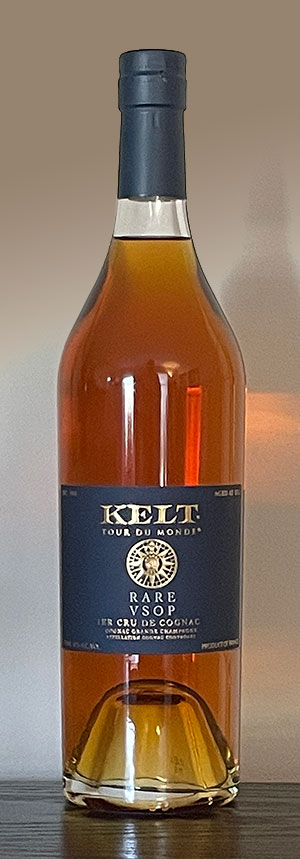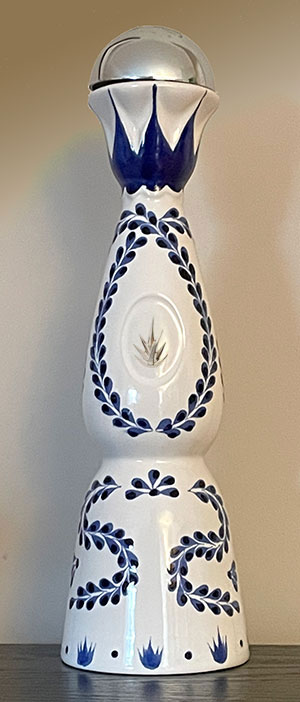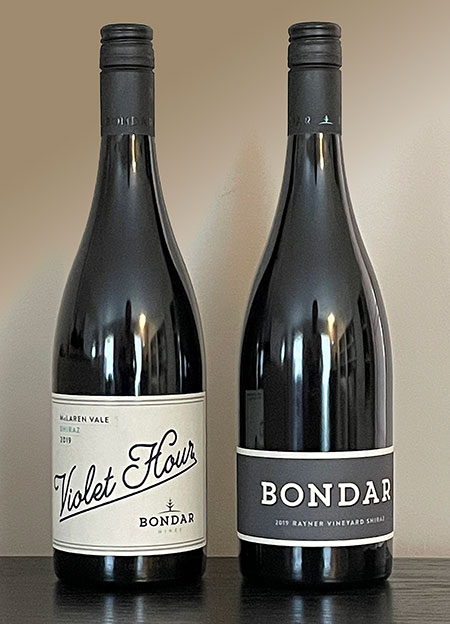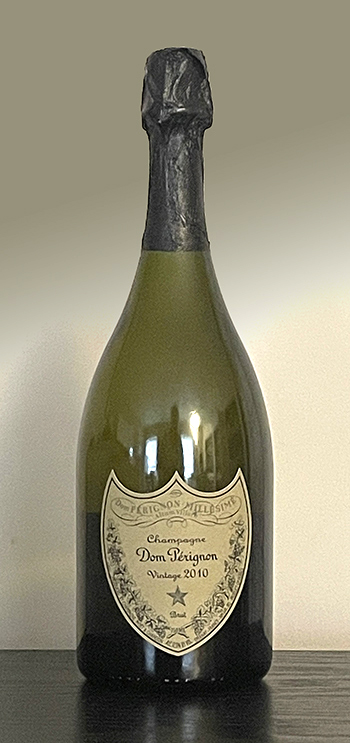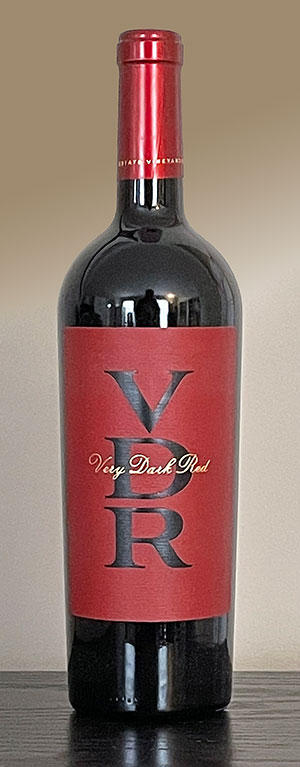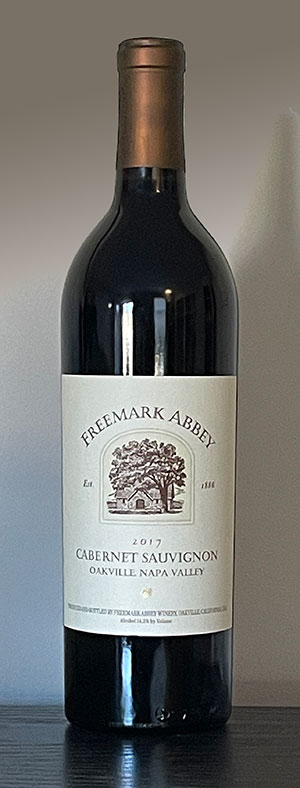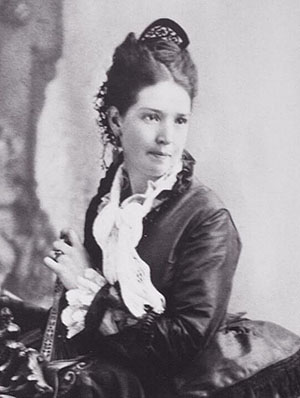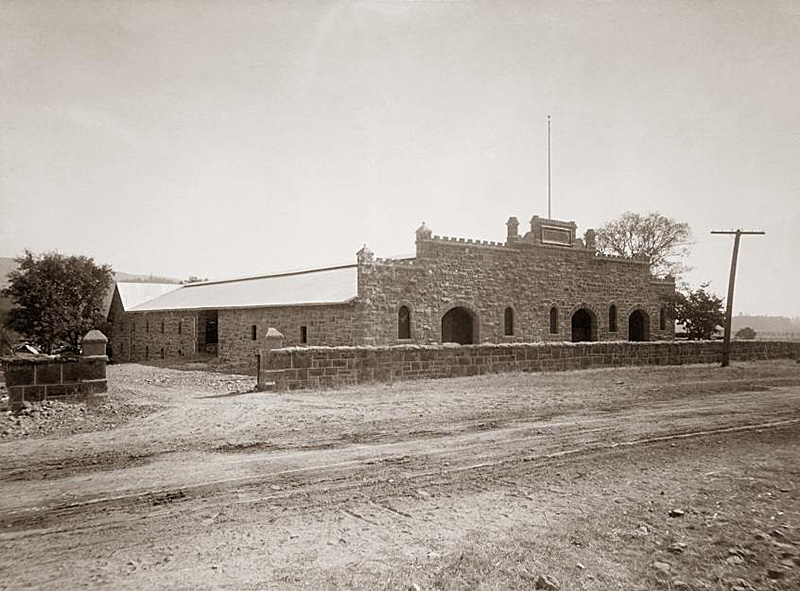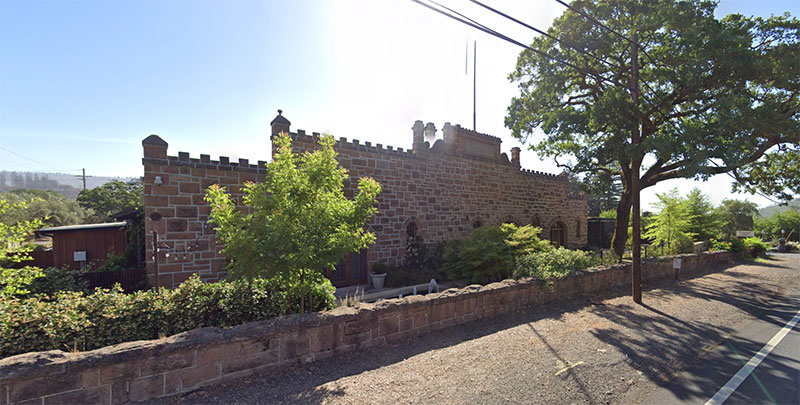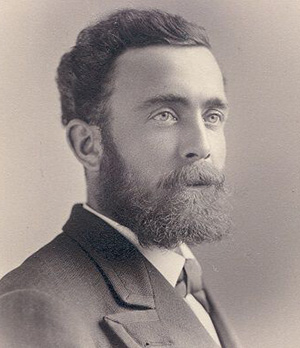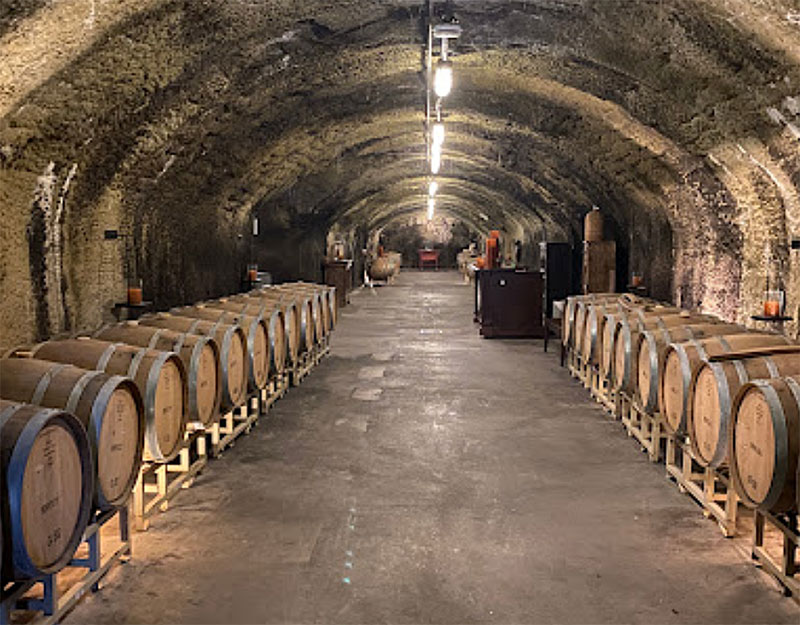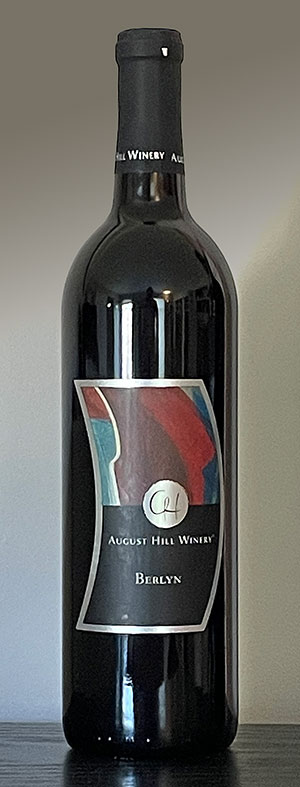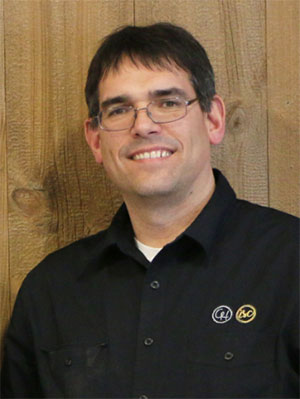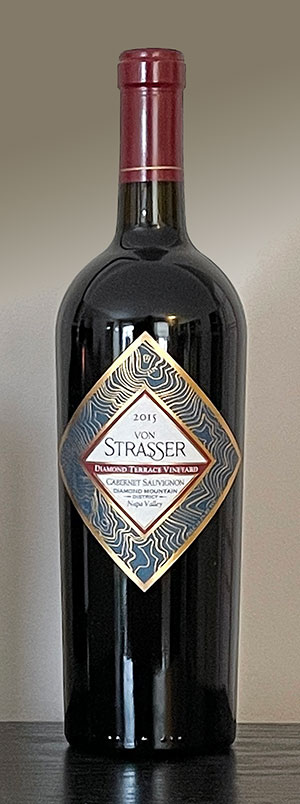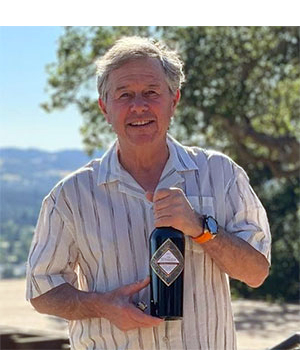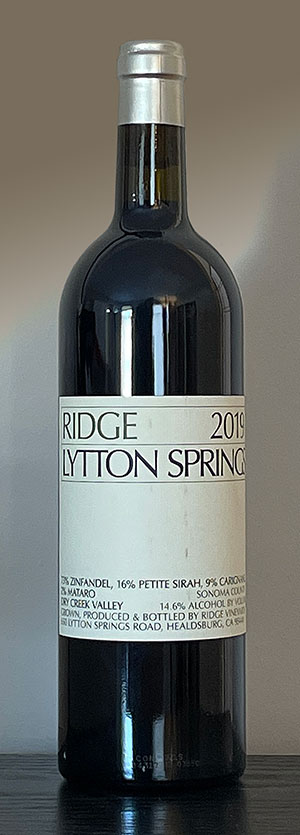
Ridge Vineyards is actually two distinct wineries, the original and more prestigious one is south of San Francisco and east of San Jose, and the other in Sonoma county is just north of Healdsburg.
Since this wine is from Sonoma, here’s just a brief history of the older San Francisco operation. In 1885, Osea Perrone, a prominent doctor in San Francisco, bought 180 acres near the top of Monte Bello ridge. He built a winery and released his first vintage in 1892. At some point the winery was abandoned (my guess is that Prohibition caused its demise, along with almost every other US winery).
In the 1940s, theologian William Short bought the property, and extensively planted Cabernet Sauvignon. In 1959, Short sold to three Stanford Research Institute engineers. They were joined in 1969 by the iconic Paul Draper, a philosophy graduate turned winemaker. Under his guidance and “hands off” approach, the quality and reputation of Ridge wines was established. Draper made the wine until 2016.
The Lytton Springs property was acquired in 1991, although Ridge had been sourcing fruit from there as far back as 1972. Where the southern operation focuses on Cabernet Sauvignon, in Lytton Springs Zinfandel holds court. Some of the ancient vines date as far back as 1901. The grapes from the vineyard are a true field blend; the vines are mixed varietals, planted right next to each other. Some of the vines were only recently correctly identified after DNA testing.

